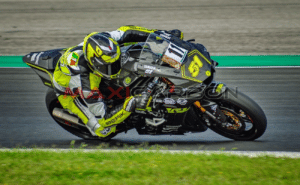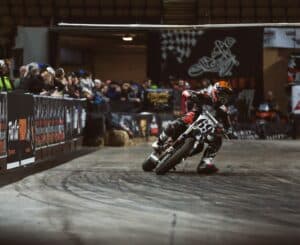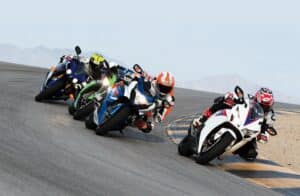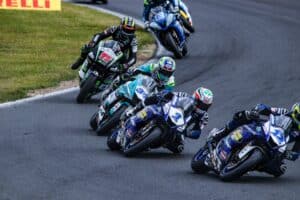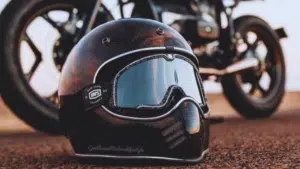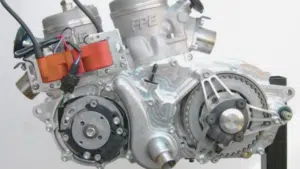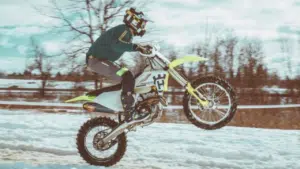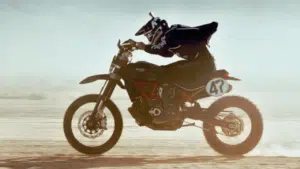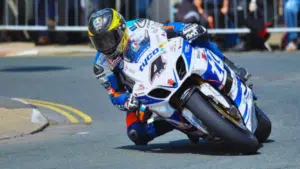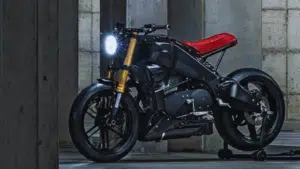Cornering is one of the most important skills in motorcycle racing. Motorcycle racing cornering is also one of the most challenging. To corner quickly and safely, you need to have a good understanding of the physics involved and the techniques used by professional racers.
Body Positioning
The first step to cornering well is to have good body positioning. This means keeping your weight centered over the motorcycle and your body in a relaxed position. You should also be looking ahead and through the corner, not down at the ground in front of you.
As you enter the corner, start to shift your weight to the inside footpeg. This will help to lower the center of gravity and make the motorcycle more stable. You should also lean your body into the corner. The more you lean, the tighter the turn you will make.
However, it is important to note that you should not lean so far that you start to lose your balance. If you find yourself leaning too far, you can try to adjust your body position by moving your hips towards the inside of the corner.
Trail Braking
Trail braking is a technique that involves braking while you are already in the corner. This helps to slow the motorcycle down and keep it stable. To trail brake, start to brake before you enter the corner and then gradually release the brake as you go through the corner.
Trail braking is a more advanced technique, and it is important to start slowly and gradually increase your speed as you become more comfortable with it. If you start to brake too hard in the corner, you can lose traction and cause the motorcycle to slide.
Countersteering
Countersteering is a technique that involves turning the handlebars in the opposite direction of the turn you want to make. This may seem counterintuitive, but it is actually the most efficient way to turn a motorcycle. To countersteer, simply turn the handlebars in the opposite direction of the corner you want to make. The more you turn the handlebars, the tighter the turn you will make.
Countersteering is another advanced technique, and it is important to start slowly and gradually increase your speed as you become more comfortable with it. If you try to countersteer too sharply at high speed, you can lose control of the motorcycle.
Other Tips
Here are some other tips for motorcycle racing cornering:
- Use your eyes to guide you through the corner. Look ahead and through the corner, not down at the ground in front of you.
- Keep your body relaxed. A tense body will make it more difficult to control the motorcycle.
- Be smooth with your inputs. Avoid making sudden or jerky movements.
- Practice makes perfect. The more you practice cornering, the better you will become at it.
Advanced Techniques
Once you have mastered the basics of cornering, you can start to learn more advanced techniques, such as:
- Line selection: This is the process of choosing the fastest and safest line through a corner. There are many factors to consider when choosing a line, such as the radius of the corner, the road surface, and the presence of other riders.
- Knee dragging: This is a technique where the rider leans over so far that their knee touches the ground. Knee dragging is not necessary for fast cornering, but it can help you to maintain your balance and grip.
- Late braking: This is a technique where the rider brakes very late in the corner, just before the apex. Late braking can help you to carry more speed into the corner, but it is a very risky technique and should only be attempted by experienced riders.
Conclusion
Cornering is a vital skill for any motorcycle racer. By following the tips and techniques in this blog post, you can learn to master the art of cornering and become a faster and safer rider.
Additional Tips
- Warm up your tires: Before you start cornering at high speeds, make sure to warm up your tires properly. You can do this by riding slowly and making gentle turns for a few minutes.
- Be aware of the road conditions: When cornering, it is important to be aware of the road conditions. Look for any wet patches, potholes, or other hazards.
- Don’t be afraid to slow down: If you are not comfortable with a corner, don’t be afraid to slow down. It is better to be safe than sorry.
With practice and patience, you can become a skilled motorcycle cornerer. Just remember to start slowly and gradually increase your speed as you become more comfortable.

